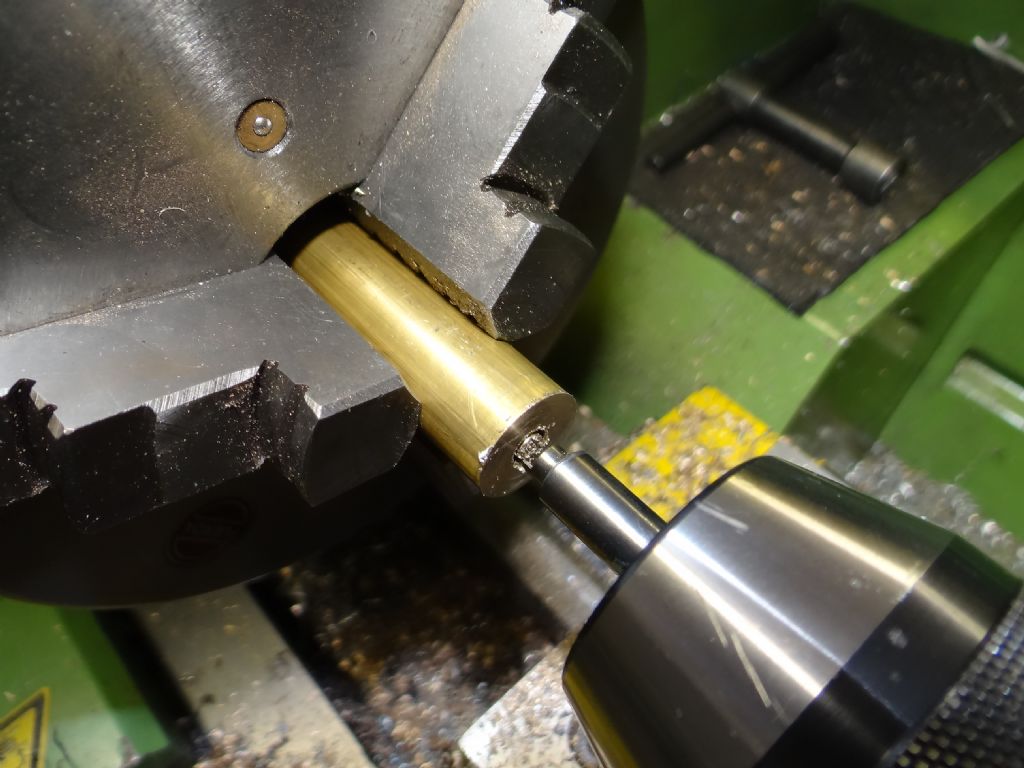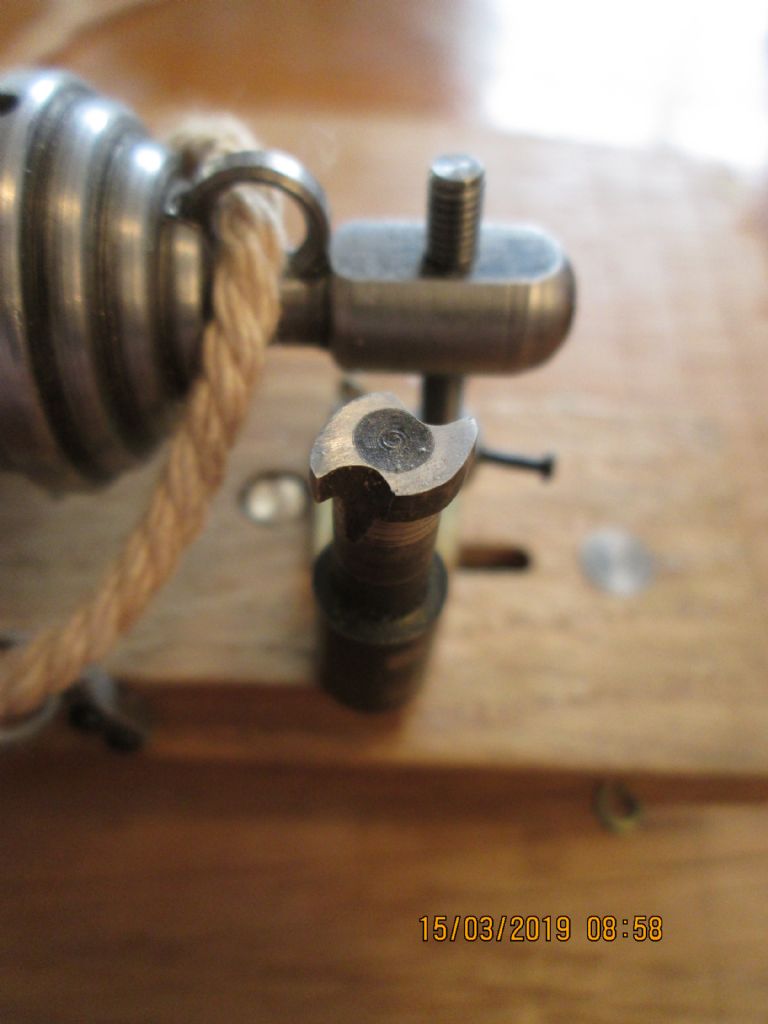Posted by jaCK Hobson on 14/03/2019 18:07:51:
The grain in the out of focus failure doesn't look that bad for silver steel but difficult to tell. If it is bad, then overheating would be the most likely cause. Use a magnet. For small silver steel like this, you don't need to soak for very long at all.
You need to cool to room temp before temper. Some steels, stainless in particular, need super cooling to get full hardness (liquid nitrogen). For silver steel, it doesn't really make much difference if you delay between quench and temper. (You should do super-cooling as soon as possible after quench).
If using a domestic oven then I would have thought that a single temper for one hour at 220C should do. However, the fail shows that the temper wasn't good enough. You could increase the temp a bit – especially if just cutting brass. So maybe 240. Some steels do need multiple tempers to get the best, but not silver steel.
Do you know if you did anything different for the successful version – maybe tempered for longer?
You can keep increasing temper temp without re-hardening but if you over temper then you will have to re-harden. You can repeat the cycle a lot – the risks are stress cracking or carbon depletion.
Edited By jaCK Hobson on 14/03/2019 18:11:55
Thanks Jack,
Truth is I don't know what made the difference. Obvious differences: I added a chamfer, plunged and agitated to avoid a bubble, and then tempered with a blow-lamp instead of the oven.
However I think overheating in the earlier attempts is possible – I don't quite know what I'm doing in terms of required redness and time held at temperature! Also, in the flame, the thin part of the cutter tends to heat up faster than the body, and the outer rim nudged yellow briefly.
Might be smart for me to have an extended session heat treating silver-steel in various ways. The core drill seems an excellent way of exposing any weakness in the metal. My earlier attempts hardening home-made drills seemed OK, perhaps they were imperfect too, and I was lucky they lasted long enough.
Cheers,
Dave
SillyOldDuffer.






